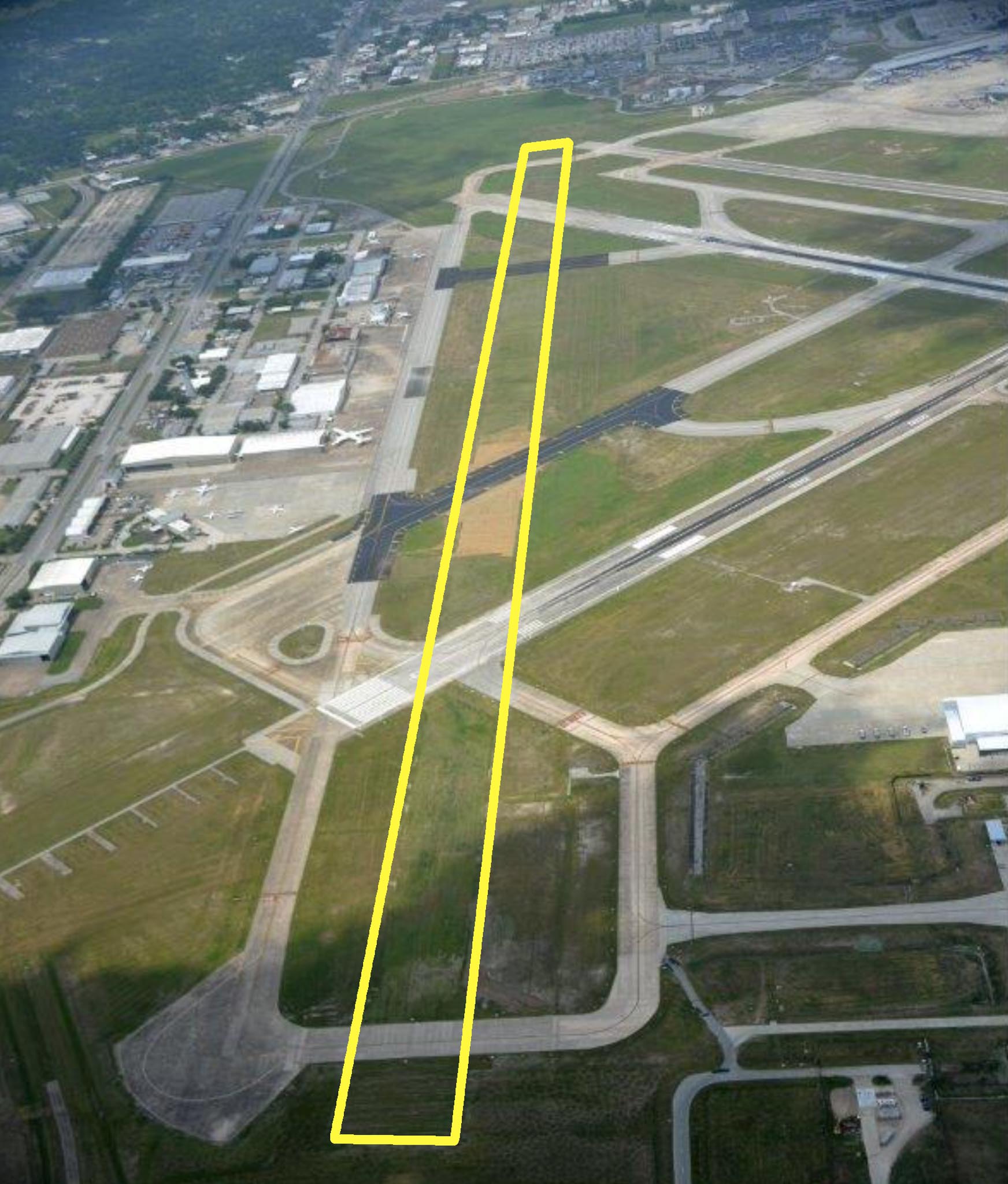It’s not every day that an airport removes a runway.
But that story tells the recent tale at William P. Hobby Airport, Houston’s oldest commercial airport with a birthdate of 1927 when it opened as a private landing field in a 600-acre pasture!
Ross Williamson, Division Manager for Airside Operations at Hobby Airport, recently discussed the runway closure and the ramifications of that move.
“A number of years ago, the FAA started looking at airfield designs and how some of the older designed airfields like Hobby needed to be brought up to the new standards for airfield design. Keep in mind that Hobby was designed many, many moons ago when aviation was young and most airfields were like a Figure 4 design,” Williamson said.

Williamson said the original design of Hobby Airport included one north-south runway and an east-west runway that intersected at 90 degrees, along with another surface at 45 degrees off those two. This airfield design was common in the early years of aviation.
“The early designs were meant for maximum wind coverage – no matter which direction the wind was blowing from, you had a runway which was generally aligned to the wind, and that’s better for aircraft to land and depart into the wind,” Williamson said.
Today’s runway-taxiway configurations are vastly improved and much safer, Williamson said, and that was the impetus for the change.
“The FAA has chosen to invest in upgrading antiquated airfield designs and bring them up to snuff to make them even safer for the airfield users,” Williamson said. “We were extremely pleased to take advantage of their funding and undertake a project to move improvements forward.”
The initial part of the project included the runway closure and demolition along with the demolition of taxiways G1, G2, G3 and part of D.
“The FAA is always interested in making things safer – for any of the pilots, customers, users, aircrafts, vehicles, and the like,” Williamson said. “My team is always out there – we want to make sure we are doing things safely.”
He noted that the now-demolished runway was only used for about two percent of operations annually at Hobby Airport.
“We are not losing efficiencies on the airfield for the most part,” he said, “but we are gaining a level of safety with the help of contractors and designers equally committed to the fitness of our airport.”

Tearing up the runway was not overly difficult or complicated, Williamson said. “It was a long process, almost 11 months of tearing up concrete and asphalt, but it went well.”
So, what is Hobby Airport now going to do with a 6,000-feet-long by 150-feet-wide strip of real estate?
“We are working through that planning right now,” Williamson said. The other part of the project is to realign Taxiways D, E, G, K and K1 which will eliminate the hot spots on the airfield. A hot spot is a location on the airfield where incidents and/or incursions are more likely to happen. This phase of the project should begin mid- to late 2023.
“Eventually, we are going to have five properly realigned taxiways,” Williamson said, “incorporating 21st century airfield design principles into the equation.”